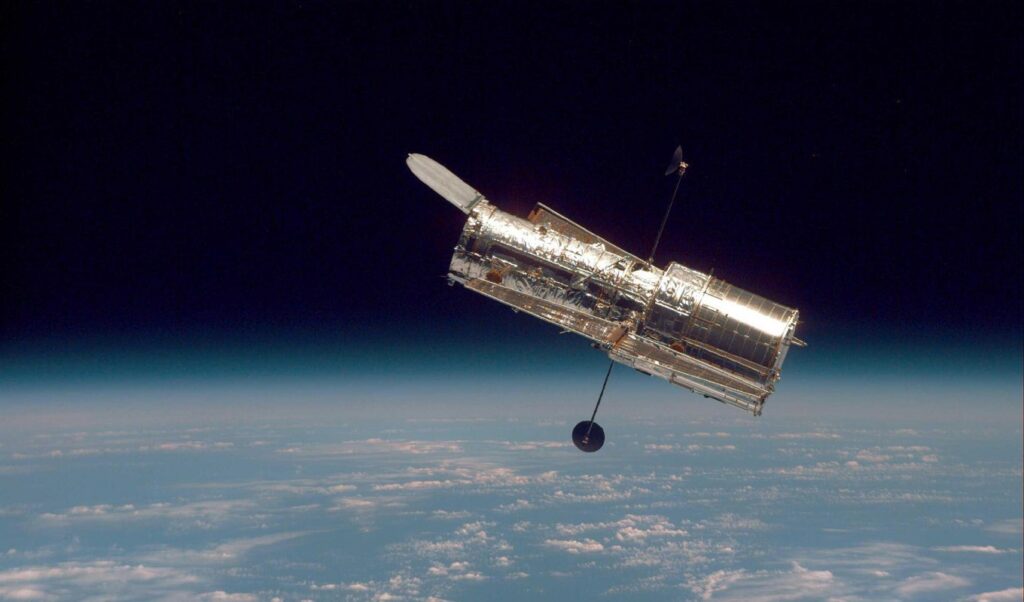An experimental satellite from NASA, which had been inactive for decades, suddenly emitted a signal indicating a powerful energy burst, causing confusion among scientists, according to a report by the Independent. Astronomers at Australia’s Curtin University discovered a “strange pulse” from the satellite.
Read: NASA: Massive explosion on the sun’s surface – The flare was classified as X1.2
The “incredibly powerful” energy burst could have been created by the satellite’s collision with a small meteorite or a piece of space debris. Astronomers eventually traced the source of the pulse to NASA’s Relay 2, an experimental satellite launched in 1964 that stopped functioning three years later, in 1967.
“Electricity accumulation”
According to experts’ estimates, the electricity that had likely been accumulating inside the spacecraft for decades caused an “electrostatic discharge” when it collided with another object.
The energy released from such charged space probes was thought to last at least several microseconds. However, with Relay 2, the high-energy discharge was abrupt and lasted only one billionth of a second. “We believe the burst came from an electrostatic discharge event or possibly from a micrometeorite impact, and we consider such events may be relatively common,” the astronomers concluded.
Furthermore, they expressed hope that future space probes could be “appropriately equipped” for better detection of such energy release events.




